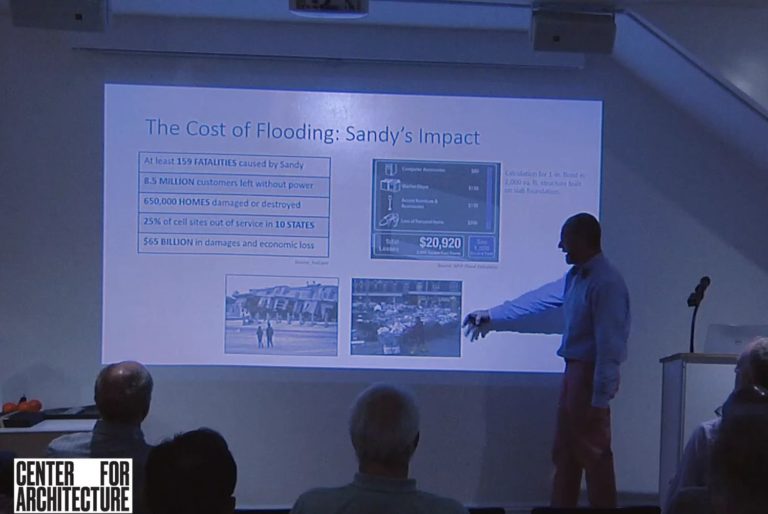For over 2,000 years party walls have offered common solutions for residential construction in cities. In New York City, these empirically designed walls multiplied in the 1800s especially as a result of speculative construction. At present, there are about 201,000 “attached” buildings.
New development along existing party walls has been hampered by the governing ‘common law’ (i.e. precedent) which has not kept pace with the evolution of building design from empirical to engineered structures. Additionally, the seismic gap required by the building code severely limits the installation of new party walls and complicates the design of alterations in buildings sharing party walls. Over the course of the evening, we will look at:
- Party walls: definitions, creation, termination
- NYC historic development and the ubiquity of party walls
- 2022 NYC Building Code provisions and recent legal cases
- Identification of buildings with party walls or remnant party walls
- Recent solutions for building along remnant party walls
This presentation demonstrates, through examples, how recent construction accidents have forced new building regulations. Developers of party walls place limits to wall attachments and block access to condition assessment or preventive repairs. The need to access the adjoining property has led to a tenfold increase in the number of negotiations and court petitions based on Real Property Actions and Proceedings Law.
We will examine cases of redesigns, accidents, and delays caused by new constructions along existing party walls. We will also detail simple methods for identifying the presence and assessing the condition of party walls, along with examples of how new buildings may navigate the complicated shoals of legal and technical issues involving party walls.
Speakers:
Dan Eschenasy, PE, F.SEI, Principal Forensic Engineer, Gilsanz Murray Steficek


